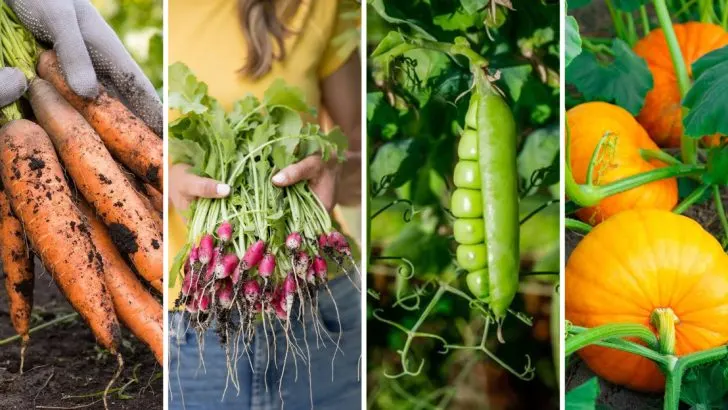Some crops simply don’t appreciate being moved, no matter how gentle the gardener. Transplanting certain plants can lead to stress, stunted growth, or even total crop failure. For these temperamental growers, direct sowing seeds straight into the soil is often the best approach.
By understanding the needs of these crops and why they dislike being uprooted, you can create a more productive and stress-free garden. Here are 9 crops that hate transplanting and why sticking to direct sowing works best for them!
Carrots
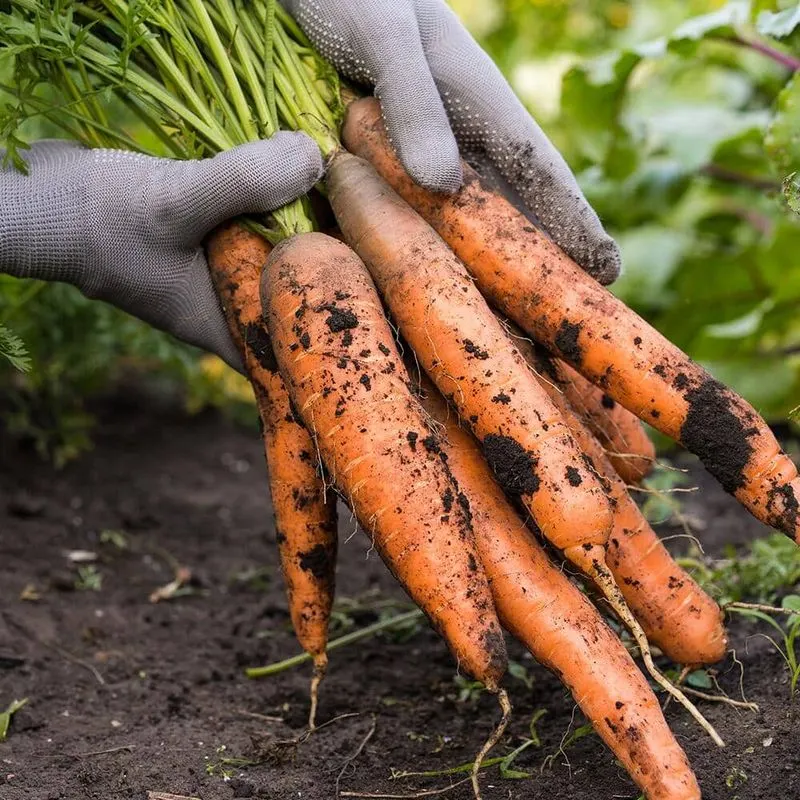
Carrots have delicate taproots that can easily be disturbed during transplanting. Their fine root systems often don’t appreciate the upheaval, leading to stunted growth or forked roots. Direct sowing allows them to establish roots undisturbed, promoting straight and healthy development. Planting them directly into the soil ensures they have the space and stability to thrive. It’s best to choose a sunny spot with loose, well-draining soil. Regular thinning and consistent moisture will further support their growth. Carrots are also quite cold-tolerant, making them ideal candidates for early spring sowing.
Radishes
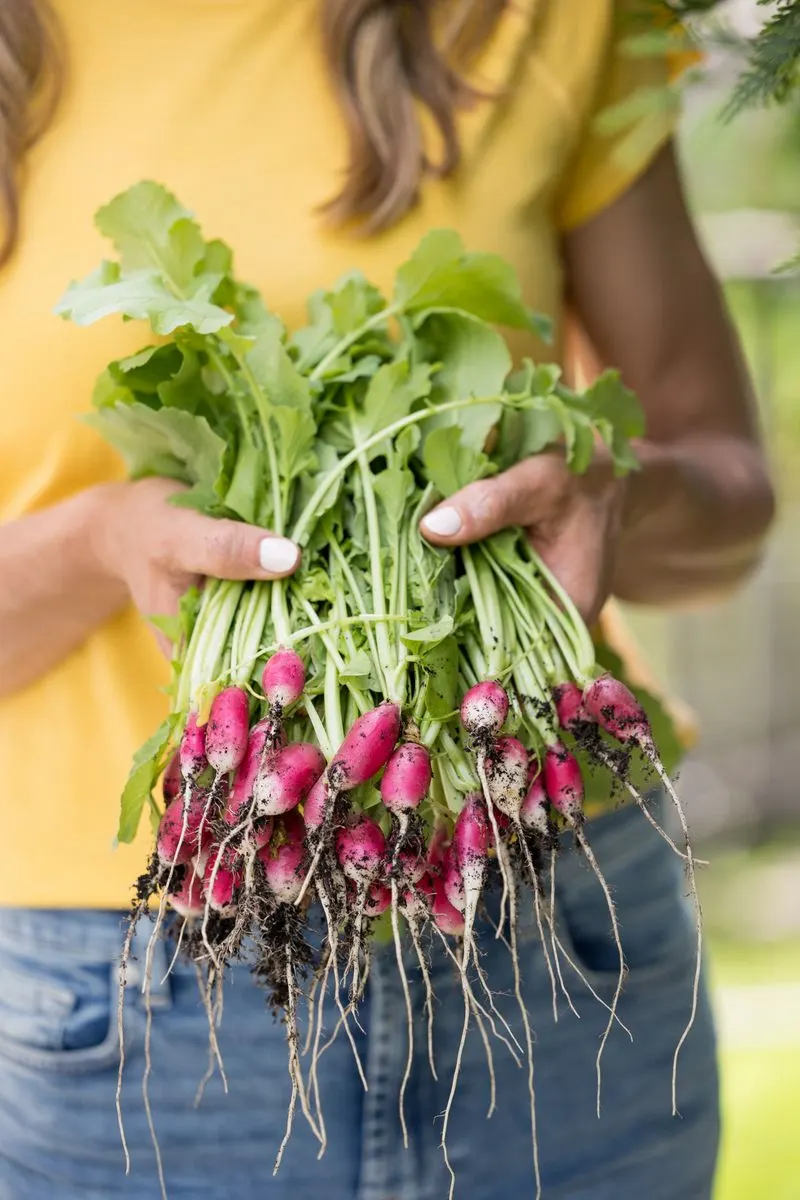
Radishes thrive when they can grow undisturbed, favoring direct sowing over transplanting. Their roots develop swiftly, often maturing within a few weeks, which makes them less adaptable to being moved. Direct sowing helps maintain their quick growth cycle, ensuring they remain crisp and flavorful. Opt for a sunny location with loose soil that drains well. Regular watering is crucial to keep them tender and prevent splitting. As they grow, thin them out to allow sufficient space for each radish to mature. This approach guarantees a bountiful and speedy harvest.
Beans
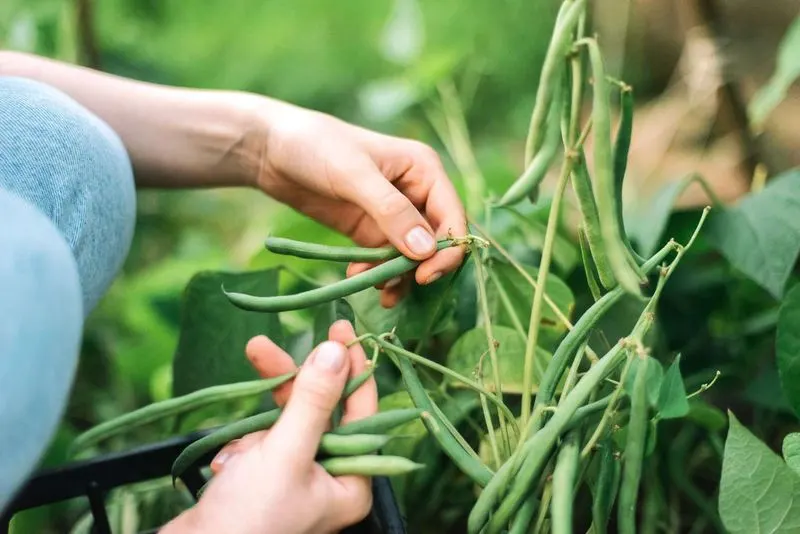
Beans are notoriously sensitive to root disturbance, making them ideal candidates for direct sowing. Transplanting can lead to transplant shock, stunting growth and affecting yield. By sowing seeds directly, you allow them to establish robust roots in their permanent location. Choose a sunny, well-drained spot for planting. Support structures like stakes or trellises can help climbing varieties. Keep the soil consistently moist but avoid waterlogging. Direct sowing ensures that beans grow strong and produce plenty of pods, making them a rewarding crop for gardeners.
Corn
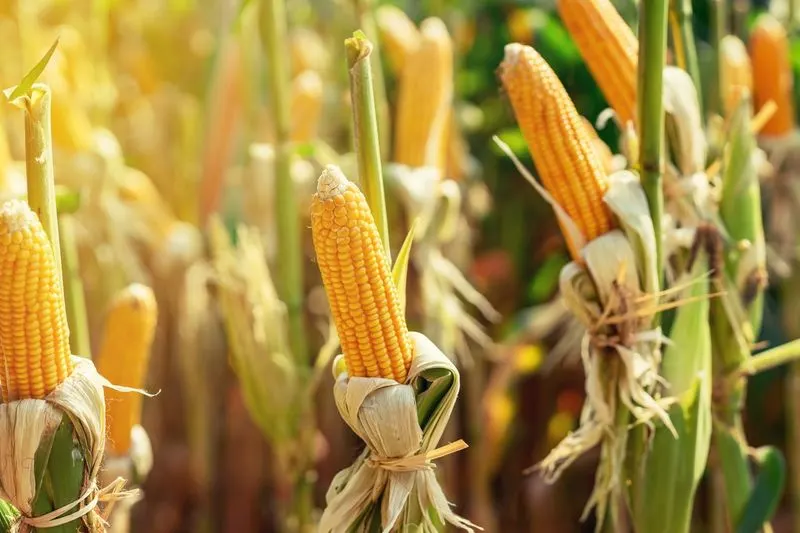
Corn is a crop that truly benefits from direct sowing. Its root system is extensive but fragile, and transplanting can severely disrupt its growth. Direct sowing allows corn to develop strong roots right from the start, supporting tall and sturdy stalks. Plant corn in blocks rather than rows to improve pollination. A sunny, wind-sheltered spot with rich soil is ideal. Consistent watering and spacing are key to a successful harvest. By avoiding transplanting, you ensure that corn has the best chance to grow tall and yield bountiful ears.
Cucumbers
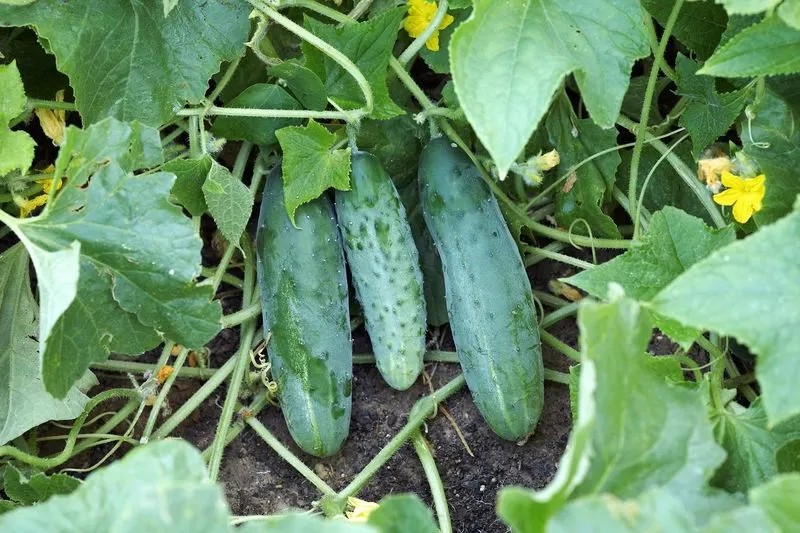
Cucumbers have sensitive roots that react poorly to disturbance, making direct sowing a preferable method. Transplanting can cause setbacks in growth, leading to lower yields. By planting seeds directly, you ensure that cucumbers establish quickly and grow vigorously. Choose a sunny location with well-drained soil, and consider using a trellis to support growth. Regular watering helps maintain their crisp texture. Direct sowing enhances their ability to produce abundant fruit without the stress of being moved. This practice results in healthier plants and a more fruitful harvest.
Peas
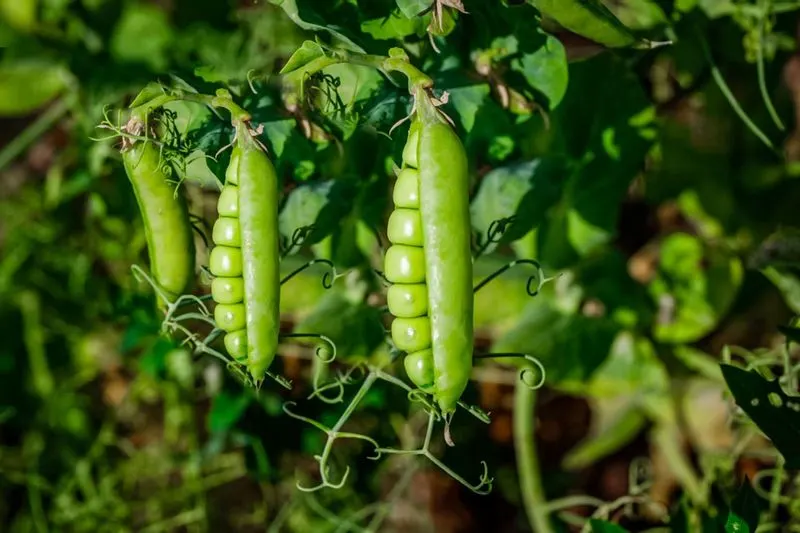
Peas prefer to stay put, thriving when sown directly in the garden. Transplanting can hinder their growth, as their root systems are sensitive to disturbance. Sowing them directly encourages robust vine development and better yields. Opt for a spot with full sun and well-drained soil. Supporting their growth with a trellis keeps vines off the ground, minimizing rot and disease. Regular watering and cool temperatures promote vibrant growth. Direct sowing allows peas to flourish in their natural garden environment, ensuring a plentiful supply of sweet pods.
Spinach
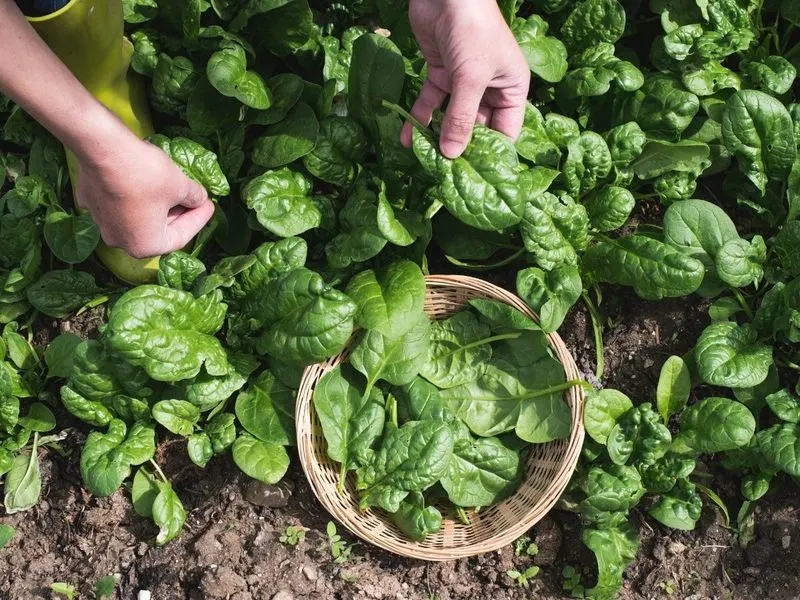
Spinach is notorious for its sensitivity to transplanting, often bolting when disturbed. Direct sowing helps spinach maintain its growth pace and produce lush leaves. Choose a cool, shaded spot with fertile, well-drained soil. Consistent moisture is crucial, as drought can cause premature bolting. Thin seedlings to allow room for growth, ensuring a continuous supply of fresh leaves. By avoiding the transplant shock, spinach remains productive and flavorful. This approach maximizes harvest potential while maintaining the plant’s natural growth rhythm.
Lettuce
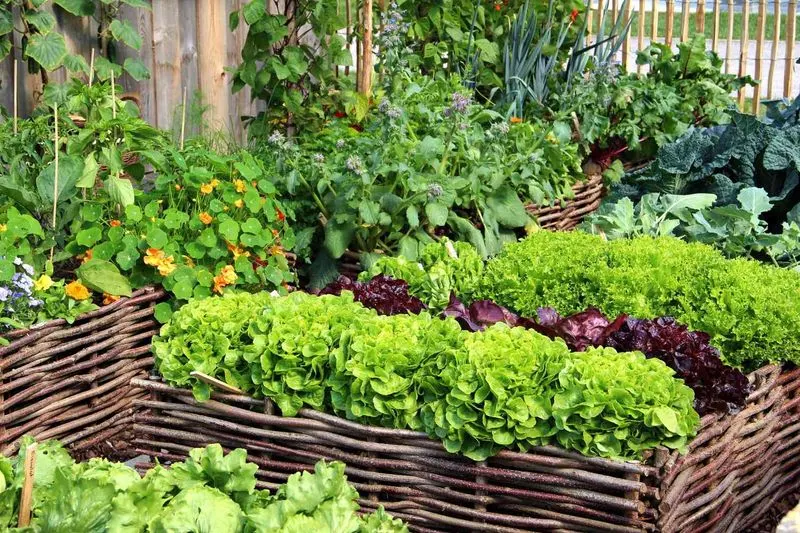
Lettuce plants, with their delicate root systems, can experience stunted growth if transplanted. Direct sowing provides the stability they need, ensuring healthy and full development. A sunny or partially shaded spot with rich, loose soil works best. Keep the soil consistently moist to prevent bitterness in the leaves. By allowing lettuce to grow undisturbed, you preserve its tender texture and sweet taste. Regular harvesting of outer leaves encourages continued growth. Direct sowing proves to be the best method for a thriving lettuce crop.
Pumpkins
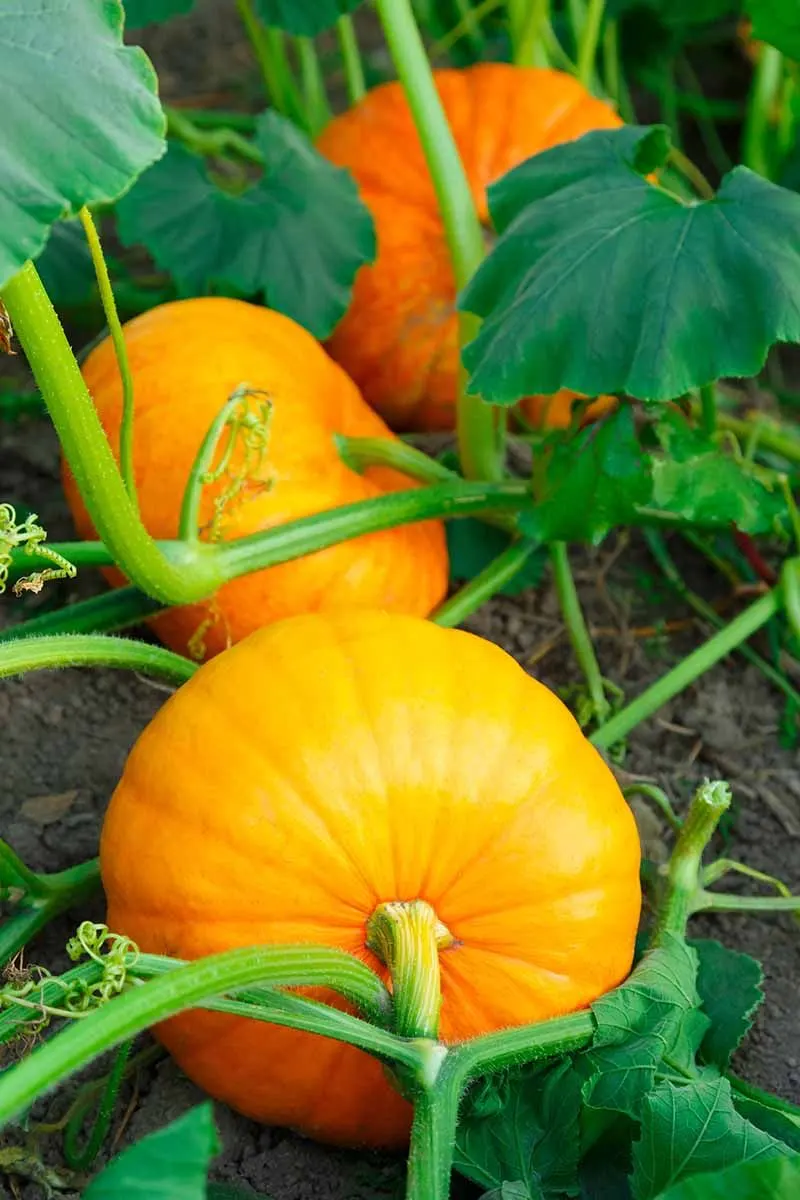
Pumpkins require ample space and a stable growing environment, which direct sowing provides. Their extensive root systems can suffer from transplant shock, affecting fruit development. Plant them directly in a sunny, spacious area with rich, well-drained soil. Consistent watering and ample space for vines to spread are essential. Direct sowing helps pumpkins establish a strong foothold, leading to healthier plants and larger fruit. By avoiding transplanting, you ensure that pumpkins thrive throughout the growing season, culminating in a successful and abundant harvest.

